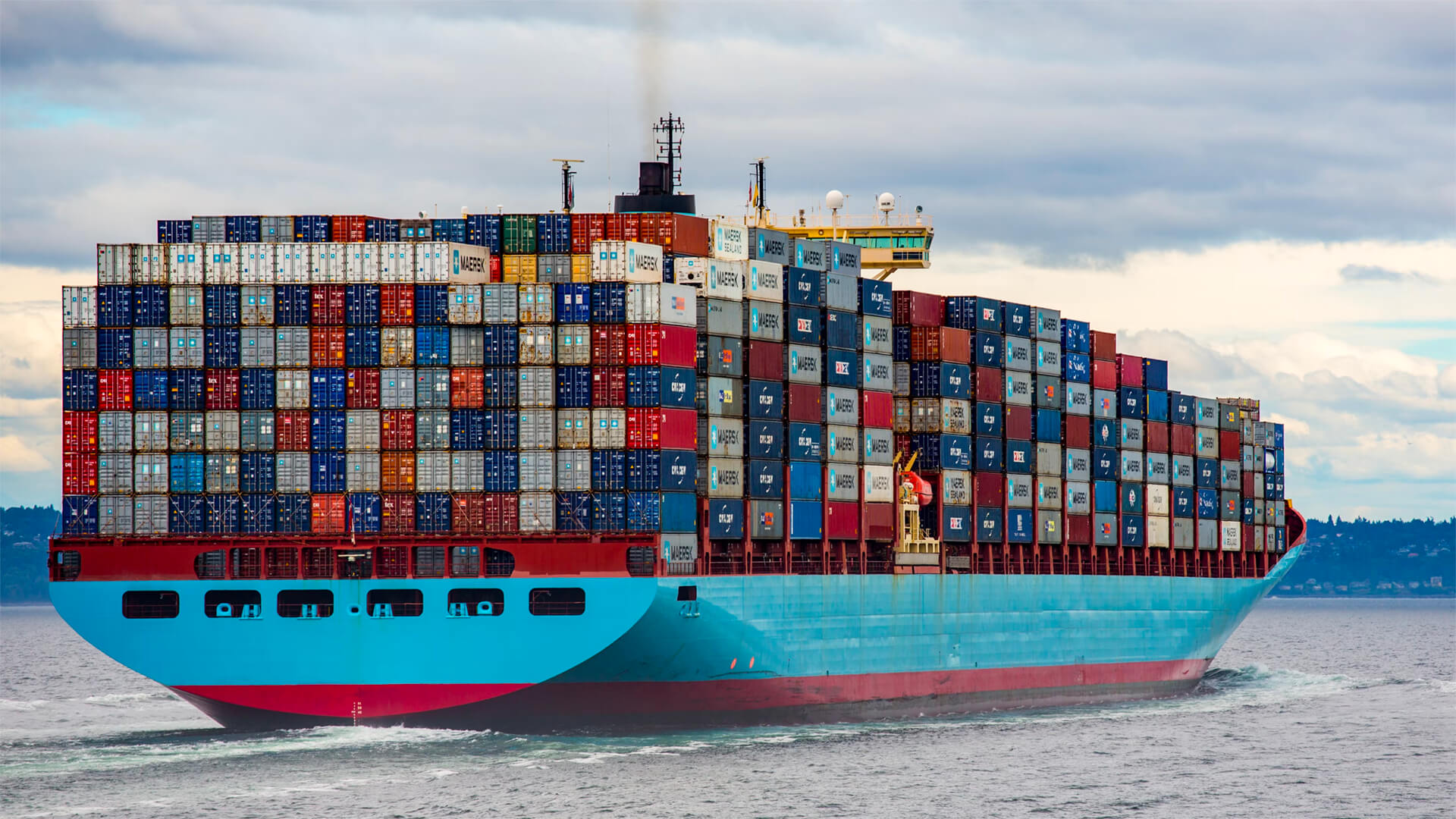The US is plugging a loophole in the trade system called “de minimis” which allowed imported goods under $800 to bypass tariffs and traditional customs processes. This system will end on May 2, and these small packages will now face a 90% tariff and $75 minimum fee.
Many Chinese businesses will take a hit from this, but the biggest fish in the pond is the disruption of the fentanyl trade. Since shipments of drug precursors were abusing this loophole, the flows from China/India –> US –> Mexico will be disrupted. No this isn’t going to eliminate fentanyl, but it will slow things way down.
There haven’t been too many tariff policies to get excited about lately, but we’re going to slot this one down in the ‘win’ column.
Here at Zeihan on Geopolitics, our chosen charity partner is MedShare. They provide emergency medical services to communities in need, with a very heavy emphasis on locations facing acute crises. Medshare operates right in the thick of it, so we can be sure that every cent of our donation is not simply going directly to where help is needed most, but our donations serve as a force multiplier for a system already in existence.
For those who would like to donate directly to MedShare or to learn more about their efforts, you can click this link.
Transcript
Hey all. Peter Zeihan here. Coming to you from a Colorado morning. We are going to talk today about something called de minimis, which is how shippers around the world get stuff to the United States to avoid tariffs. Basically, you make it small. If the declared value of any package is below $800, you don’t have to register. You don’t have to pay customs.
You don’t have to tell people what is in it, aside from like a one word description, which does not have to be accurate because it’s almost never checked. That ends on May 2nd. On May 2nd, the Trump administration’s tariff expand to the de minimis system. And it used to be as long as the declared value was under $800, you were in the clear.
Now there is a minimum 30% tariff, which has to be a minimum of $25, which basically ends most a minimum shipping. And then by June 1st, that will increase to a minimum of $50, which will definitely put a bullet in its head. Turkeys. Two things come from this. Number one closes a loophole.
I mean, there’s there’s not a lot of income here. The de minimis exception with the word minimis, I hope kind of communicates that as it most of these tariffs are just considered too small to be worth collecting. And by putting a system into place, the Trump administration is basically ending the practice, which means that most people aren’t going to ship things like that at all.
And that’s, you know, a minor issue. I mean, if you get a lot of stuff from TMO, it’s a big issue. And and for China, this means a lot of small companies just lost their primary source of income. So it’s a problem over there more than it is over here. Over here the single biggest impact is going to be fentanyl.
Right now what happens is, chemical plants in primarily in China but also in India produce the pre precursors and the precursor materials for fentanyl and then ship them in the US post to the United States, where they are repackaged into larger packages and then shipped down to Mexico for processing into fentanyl. And then the finished drugs are sent back.
It’s all covered under de minimis. So basically, the Post Office has been the single biggest contributor to the drug trade in recent years. And this will pretty much kill that, which is great. Comes at an economic cost, but most of the cost is over there, if a little bit more inflation over here, which used to be a minor issue, but with the rest of the tariff war going the way it is, you know, every little bit hurts.
This doesn’t solve fentanyl. I don’t I gotta underline that. I mean, while this stuff is currently sourced from mostly China, a little bit from India, and comes in through the post office, anyone with a chemical sector could source this, and the volume of stuff that is required is very little. Best guess is that all of the fentanyl that was produced in Mexico last year, all the pre precursor materials would be about the equivalent of under 100, drums, like oil drums.
If you only got one deals that would be enough for everything. So it doesn’t take a huge amount of volume to get this going. And we’ll definitely be seeing things coming from other directions. It’ll probably go in a little bit more informal direction, like meth, where the pre precursors are actually synthesized at the labs. And that does increase the friction.
That does slow the process. That does require a little bit more technical skill than what happens in fentanyl. And these are all good things. But this will drive up the cost of fentanyl, drive down the supply, at least in the midterm, and it’ll probably take 2 to 5 years before the fentanyl labs figure out good workarounds. Just keep in mind that once we’re to the other side of this, it will resemble the meth industry a lot more, with a lot more fabrication happening right here in the United States.
Because once you get the precursors, the rest of it is really easy. You don’t even need a college chemistry experience to do this stuff and volume. And if you have college, chemistry experience, you can produce a huge amount of stuff. We’re talking hundreds of thousands of doses every week, so step in the right direction. Believe it or not, comes at a cost.
Everything does. But for once, we have a tariff policy. This actually addressing a problem, and I’m going to take that as a win.
Never mind. The tariff is not going to be 30% on de minimis items. It will be 90% with a minimum of a $75 charge. Everything else stands for now.









